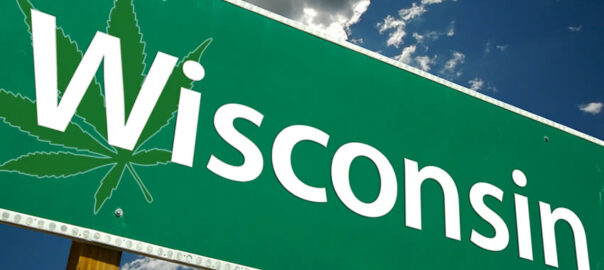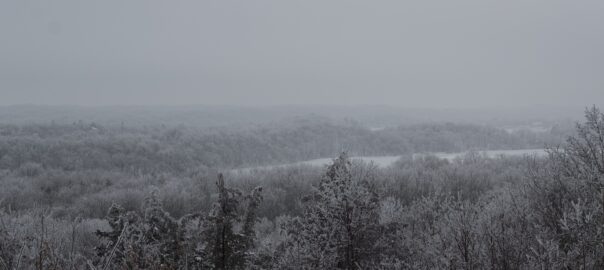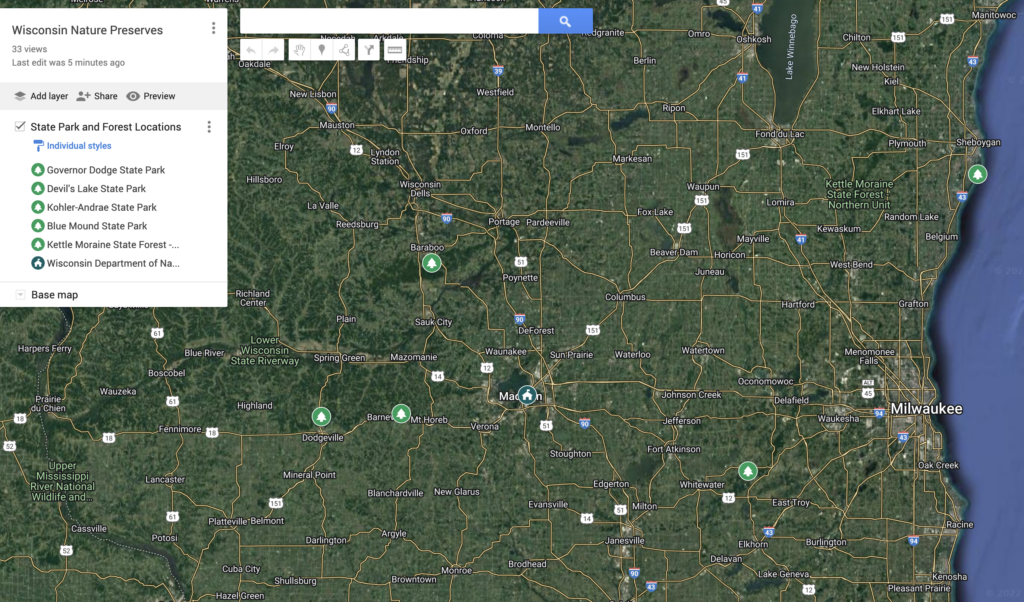A Slice of Gouda: Marieke Penterman brings a touch of Dutch culture to Wisconsin’s dairy cheesemaking business
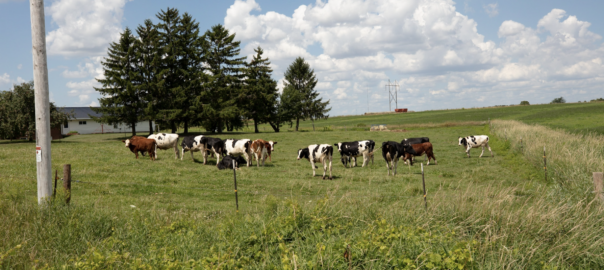
Photo by Caroline Crowley.
By Alison Stecker
Born and raised in the Netherlands, Marieke Penterman grew up on her family’s 60-cow dairy farm. When she was a young girl, she remembers her mother taking her brother and her to the milking parlor and telling them to let her know when the cows were done milking.
“I remember being caught up in the magic of cows and milk, where nothing is more nutritional than milk, nothing can transform into so many valuable products that are also so heavenly tasteful,” said Penterman.
Penterman received her bachelor’s degree in the dairy business and started her career as a farm inspector while her future husband, Rolf Penterman, emigrated to Thorp, Wisconsin to open up a 350-cow dairy farm in 2002.
“I actually went to Canada first, but we came to the states for opportunity and growth,” she said. “The U.S. is really still the land of opportunity.”
Once in the United States, Penterman missed Dutch cheese and researched ways to start her own business. Since Wisconsin is the only state that requires a cheesemaker’s license, she flew back home to train alongside two different cheesemakers in the Netherlands.
“It was so fast,” Penterman said. “They were very knowledgeable and educational but left me to ‘find my way’ which in the end, was good for me.”
Throughout her training, Penterman learned how to make authentic Dutch Gouda cheese, and she brought all those skills back to the small town of Thorp to open up her award-winning cheese business, Marieke Gouda.
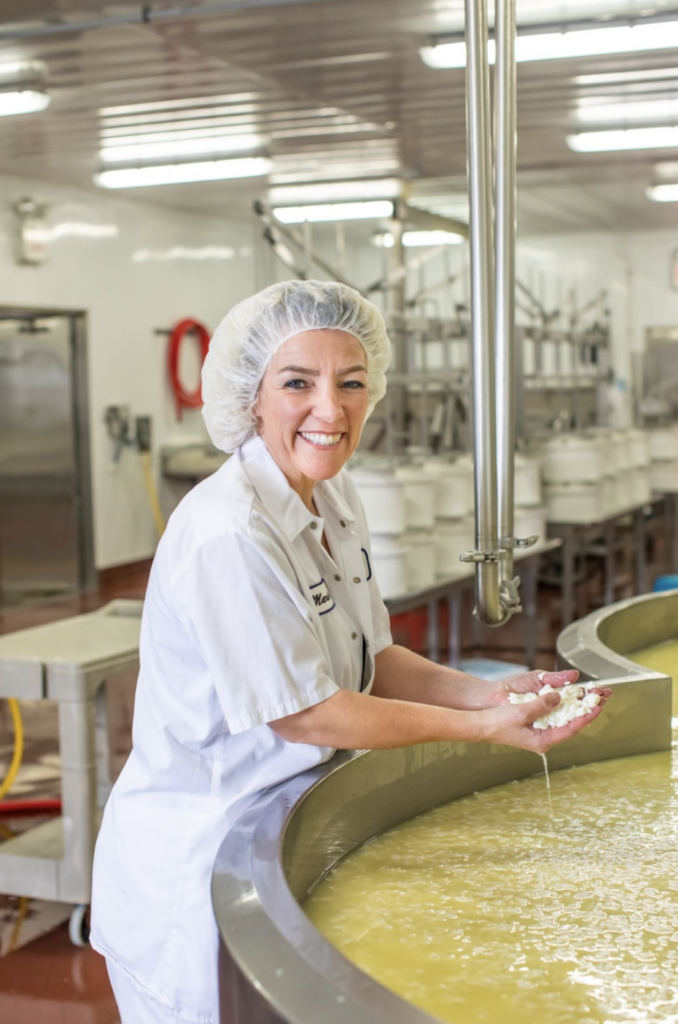
Why Wisconsin?
Penterman Farm is a 400-cow dairy farm located in Clark County, which is known for its flat landscape good for farming and farm-friendly people.
“If you want good milk and good dairy, where else would you go?” Penterman said. “Wisconsin was the best choice and Thorp is right in the heart of it.”
Penterman also decided to put down roots in Thorp because the dairy farming culture in Wisconsin was a lot more pleasant than in the Netherlands.
“In Holland, farmers are not rejoiced like they are here, they are considered a burden on the environment. But here it is different, others in the industry really are like family,” she said. “When you struggle, they struggle; when you are up, they are up.”
Penterman and her husband used to have a smaller farm on the outskirts of Thorp, but in 2013, the couple opened a brand new location along highway 29 within city limits.
“There was an opportunity for growth. People were starving for Gouda because it’s not something they have,” said Alexanndrya Barnickle-Miller, the marketing director of Marieke Gouda. “We are one of the few farms allowed within city limits, and the Pentermans got the city to agree to let them bring the dairy farm itself within city limits, which is super rare.”
Farmstead Cheese
According to Barnickle-Miller, Marieke Gouda is different from a typical Wisconsin dairy farm because it’s a farmstead –– everything is produced on location. The farm is located right across from Marieke Gouda, and visitors can grab a meal at Café DUTCHess or view the cheesemaking and milking processes through Milking Parlor windows.
“The milk gets pumped directly into our production room and then we have the full cheese production, which is actually very rare even in Wisconsin,” Barnickle-Miller said. “Usually, most cheese is produced from multiple sources –– so multiple farms –– but ours only comes from one source and it’s on location. It’s as fresh as you can get it.”
The cows on the farm are called “Gouda Girls” and treated like the “princess of farm animals,” according to Barnickle-Miller. They are kept in a free stall barn, which means the cows roam free within the barn structure and are not pastured.
“Cows in general are really hot, sweaty animals. The freestyle barn allows them the shade they need and the walls are completely open,” she said. “We have a few other things in our barn that’s a little different. We have temperature controls and fans that spray water on the cows after they’re coming out of the milking parlor.”
Penterman Farm also has a spa for its cows. They have technicians and crews come in to trim and shine the hooves and a nutritionist comes in to double-check the different feeds and grains. Each cow also wears a “fit bit” that allows the farmers to track their health and digestion cycles. All of these unique protocols ensure the cows are being appropriately taken care of to produce Gouda in a natural and true Dutch way, Barnickle-Miller said.
“We know exactly what goes into our cheese because we have control of the feed for the cows, how the cows are cared for and how the milk comes in,” she said. “We control the process from moment one to it hitting your hand.”
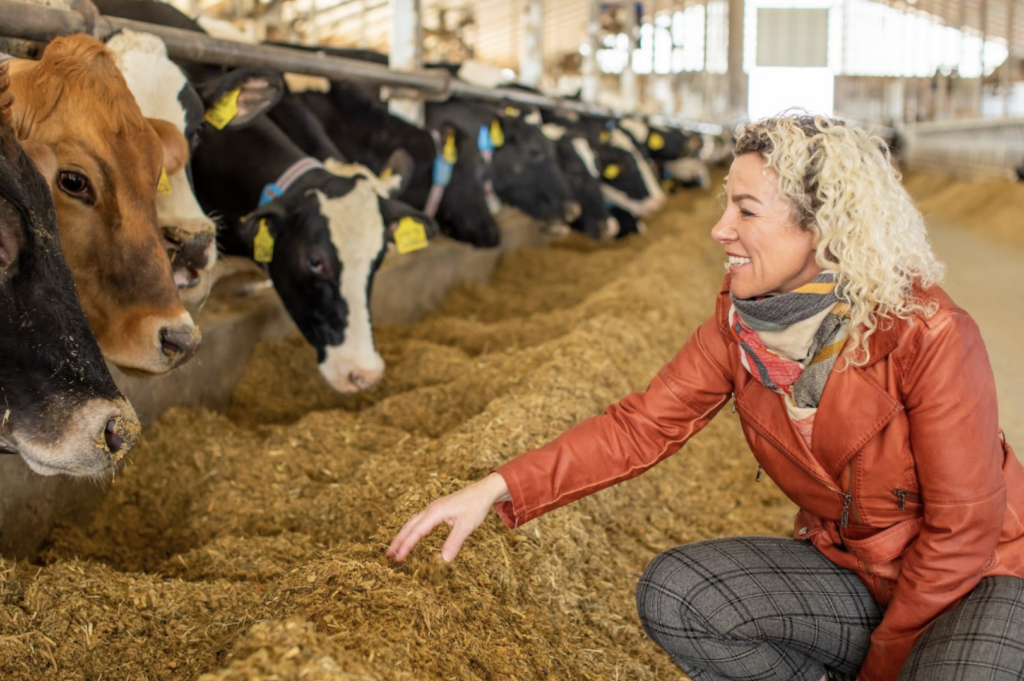
Marieke Gouda Achievements
Marieke Gouda has exponentially grown over the last 16 years. The business has won 166 awards, and in 2007, four months after Marieke crafted her first batch of Gouda cheese, she won the U.S. Champion Cheese Contest.
“When we got the call from a friend that we had won, we were just sitting around drinking coffee and didn’t even realize the impact or significance at the time. But when I walked the stage and saw the true glamour and importance of the industry and competition it is what made me love it,” Penterman said. “Cheese can really ‘live’ here in Wisconsin, it has its own awards, recognition and true following.”
In 2015, Penterman was the first female to win the Wisconsin Outstanding Young Farmers Award, which recognizes the younger generation of farmers in the state.
“Marieke had a dream and vision to bring her country’s gouda cheese to America and she set out to do just that. She is very self-driven with distinct goals and visions,” said Cindy Matton, a head committee member with the Wisconsin Outstanding Young Farmer Program.
According to Barnickle-Miller, Marieke Gouda also has new production equipment which has supported their efforts to source internationally and break exports into Mexico.
“Right now we use 40% of our milk to make cheese and then we sell the rest of our milk to other producers, but starting next year, we’re going to make 100% of our milk into cheese because of this new equipment,” she said. “We are going to grow by a ridiculous percentage.”
Penterman is currently in the process of opening a new retail storefront in Eau Claire, Wisconsin called “House of Gouda.” The purpose of the store is to educate people about Gouda and bring a little touch of Holland to the state.
“One of the contractors is making custom 3-D buildings to look like houses in Holland to take up one of the walls,” Barnickle-Miller said. “There will also be a big cheese island with glass around it so you can order a two-pound cut and be able to view it cut the old traditional Dutch way. It’s just going to be a full experience.”

